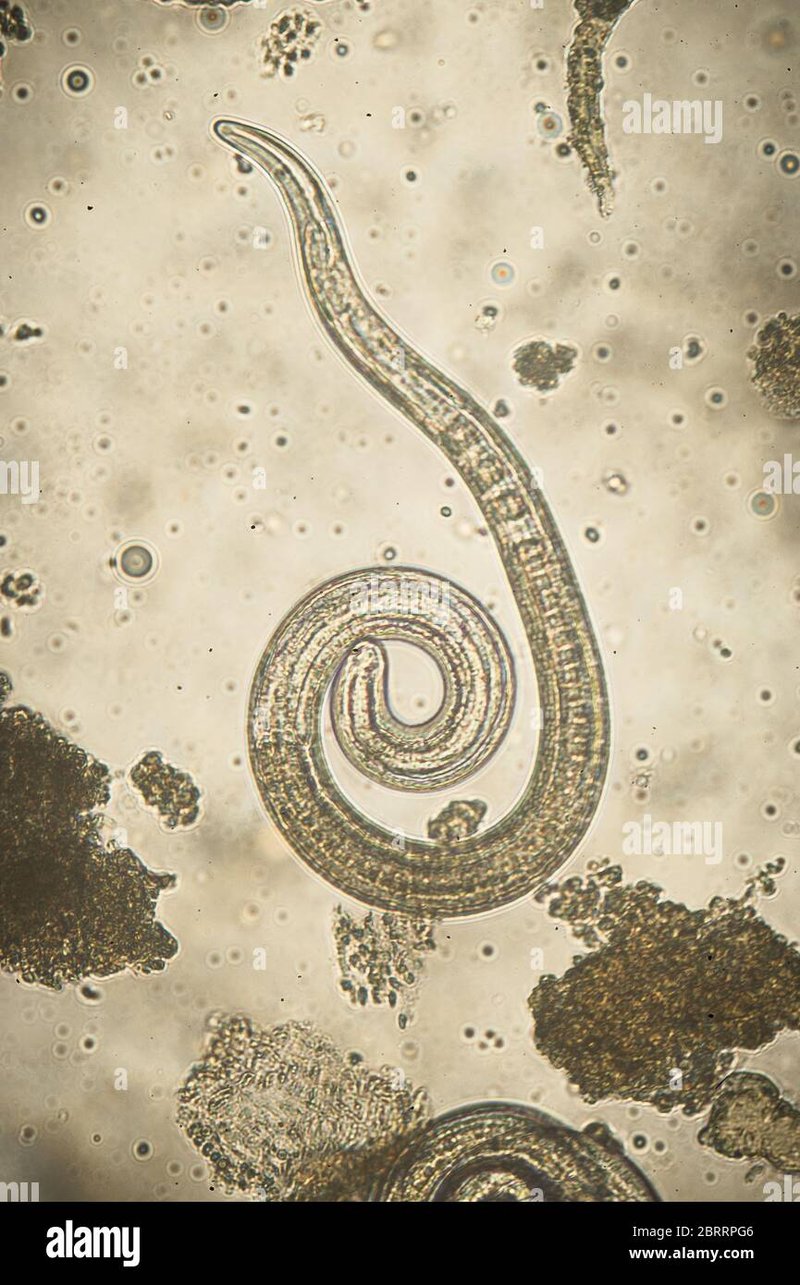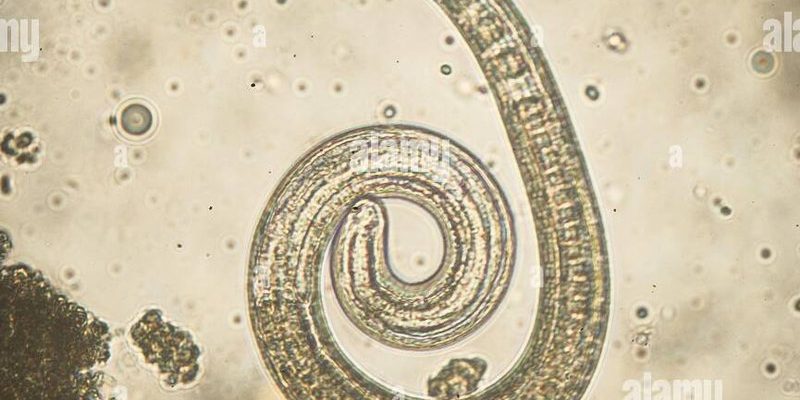
Imagine Trichinella spiralis like a secret agent, stealthily navigating the wild world of nature. It has specific needs and preferences for where it lives and thrives, much like how we choose our favorite coffee shops based on the mood, ambiance, and company. This article dives into the various habitats that support Trichinella spiralis, highlighting what makes each one unique and suitable for these tiny organisms.
Where Trichinella Spiralis Finds Its Home
Trichinella spiralis primarily resides in the intestines of its hosts, which can include various mammals, including pigs and bears. But what exactly makes these habitats ideal for the parasite? Well, it all starts with its life cycle.
The life of Trichinella spiralis kicks off when animals consume undercooked meat containing the infective larvae. Once inside the intestines, the larvae mature into adult worms. The adults reproduce, and their offspring travel through the bloodstream to muscle tissues, where they encyst and wait for a new host.
This cycle is crucial for the survival of the parasite. So, it’s no surprise that the habitats where Trichinella spiralis finds its hosts—like forests, farms, and even some urban areas—have a big impact on the parasite’s distribution. Mammals like pigs and wild boars are particularly significant, as they can facilitate the spread of the parasite through their meat.
The Role of Natural Hosts
Now, let’s dig deeper into the type of hosts Trichinella spiralis depends on. Wild and domestic pigs are the primary carriers, but other mammals, such as bears and rodents, can also be part of its ecosystem.
Wild and Domestic Pigs
Domestic pigs, which are commonly raised on farms, provide a significant opportunity for Trichinella spiralis to thrive. These pigs are often fed a diet that can include infected rodents or uncooked scraps, making them excellent hosts. In contrast, wild pigs or boars, roaming freely in their natural habitats, also play a crucial role.
The key here is that their environments need to be suitable for both the pigs and the parasite. This includes access to food sources and areas where they can establish nests or dens. You might be wondering how this impacts the spread of Trichinella spiralis. When these animals interact with humans—especially through undercooked meat consumption—the risk of transmission increases.
Urban Environments: A Surprising Habitat
Believe it or not, Trichinella spiralis can even find a home in urban areas! This is often due to feral pigs that wander into cities or suburban regions searching for food. The adaptability of this parasite means it can thrive in environments humans might not expect.
Feral Pigs and Urban Wildlife
Feral pigs can often scavenge food scraps, which makes urban settings surprisingly beneficial for their survival. Picture this: a group of feral pigs rooting through trash cans behind restaurants or foraging in parks. These interactions with human activity create additional opportunities for the Trichinella spiralis larvae to find their way into new hosts, transferring the parasite into the local wildlife and potentially back to humans.
While city dwellers may not often think about parasites, they’re still part of the wildlife ecosystem. This brings up an important point about urban planning and wildlife management, don’t you think? Balancing human living spaces with natural habitats is essential to reducing the risk of parasitic infections.
Factors Influencing Habitat Preferences
So, what exactly influences where Trichinella spiralis can be found? The preferences of this parasite depend on several factors, including environmental conditions, the presence of suitable hosts, and resources for food.
Environmental Conditions
Trichinella spiralis thrives in warm, moist environments, which can significantly influence its distribution. This means that places with temperate climates, where wild boars can roam, are often hotspots for parasite growth. In colder regions, the parasite may not survive as easily, which is why outbreaks are more common in warmer areas.
Availability of Hosts
As we’ve discussed, the availability of suitable hosts like pigs and wild mammals is crucial for Trichinella spiralis. Areas with a high population of these animals are often where you’ll find the parasite. For instance, in many rural areas where livestock is prevalent, the likelihood of finding Trichinella spiralis increases significantly.
The Impact of Habitat on Transmission
Understanding the habitats of Trichinella spiralis is vital, not just for scientific knowledge, but also for public health. If we know where the parasite thrives, we can take steps to reduce the risk of trichinosis transmission to humans.
Role of Agriculture
Agricultural practices play a crucial role in managing Trichinella spiralis populations. By ensuring that pigs are raised in sanitary conditions and properly cooked, farmers can help prevent the spread of this parasite. This connects closely to food safety practices, which everyone should be aware of, especially if you enjoy feasting on pork dishes.
Importance of Wildlife Management
Managing wildlife populations and their habitats also has a direct impact on reducing transmission risks. Educating the public about safe food handling and the dangers of consuming undercooked meat can further help curb the spread of Trichinella spiralis and other parasites.
In summary, understanding the habitat preferences of Trichinella spiralis helps us appreciate the delicate balance between nature and human health. From forests filled with pigs and rodents to the less expected urban environments, this tiny worm is a resilient creature with specific needs for survival. By improving awareness of how this parasite operates within its habitats, we can take actionable steps towards preventing trichinosis and ensuring that our interactions with wildlife remain safe and healthy.
So next time you’re enjoying a meal, take a moment to appreciate not only the food on your plate but also the complex ecosystem that supports it. Understanding where our food originates, and the potential risks it carries, can help us make safer choices and respect the wild world we share!

